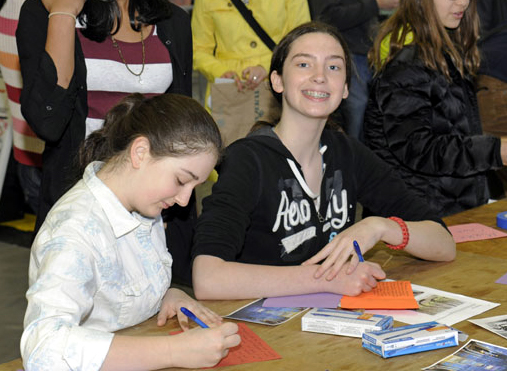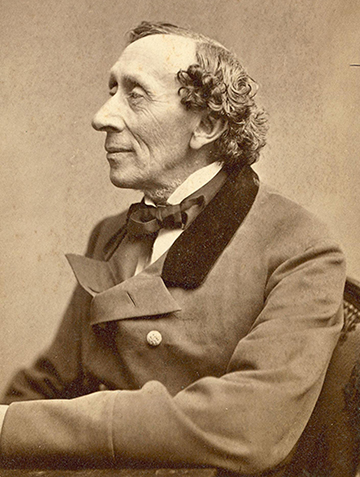
Portrait of Hans Christian Andersen, taken by Thora Hallager (1869). Wikimedia Commons
April 2 is not only Hans Christian Andersen’s birthday (happy 219th birthday, Hans!), it’s also International Children’s Book Day! Started in 1967 by the International Board on Books for Young People (IBBY), International Children’s Book Day is dedicated to children’s books and is committed to inspire a love of reading in children around the globe. Schools and libraries are encouraged to host parties or story times, read picture and chapter books, have kids pen their own tales or poems, and overall celebrate a worldwide appreciation of children’s books.
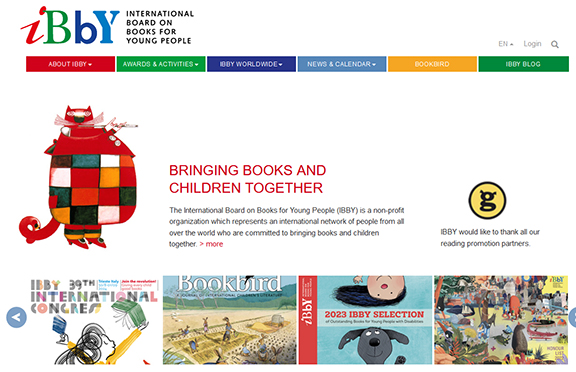
Every year, a National Section of IBBY is nominated to be the sponsor of International Children’s Book Day. The sponsor decides upon a theme, invites a prominent author to write a message, and an illustrator is asked to design an announcement poster. The 2024 international sponsor is Japan!

Courtesy of IBBY Japan #ICBD24
Japan’s 2024 theme is “Cross the Seas on the Wing of your Imagination.” Author and recipient of the 2018 Hans Christian Andersen Award Eiko Kadono composed a gorgeous letter encouraging children to listen to stories that travel everywhere. Artist Nana Furiya designed the official poster, which whimsically repeats the theme in several different languages under a tall tree filled with book characters.
As Katie was composing this post, she got to thinking…what are our Princeton University Library colleagues’ favorite children’s books? Katie asked them that very question and also asked them to explain why in just one sentence.The book could be a recent read, a beloved title from the past, or a favorite as of today.
The response was tremendous! Our colleagues shared books we remembered reading as a child, titles we had never heard of before, stories we have poured over multiple times, and others we are eager to pick up and read. Here are the favorites, listed in alphabetical order by last name:

“Aside from being beautifully illustrated by Gary White Deer, it’s based on a true story, largely forgotten by most of the world, that unites the disparate parts of my ethnic heritage (which aren’t actually that disparate in the end).”
April Armstrong – Library Collections Specialist V, Mudd Manuscript Library
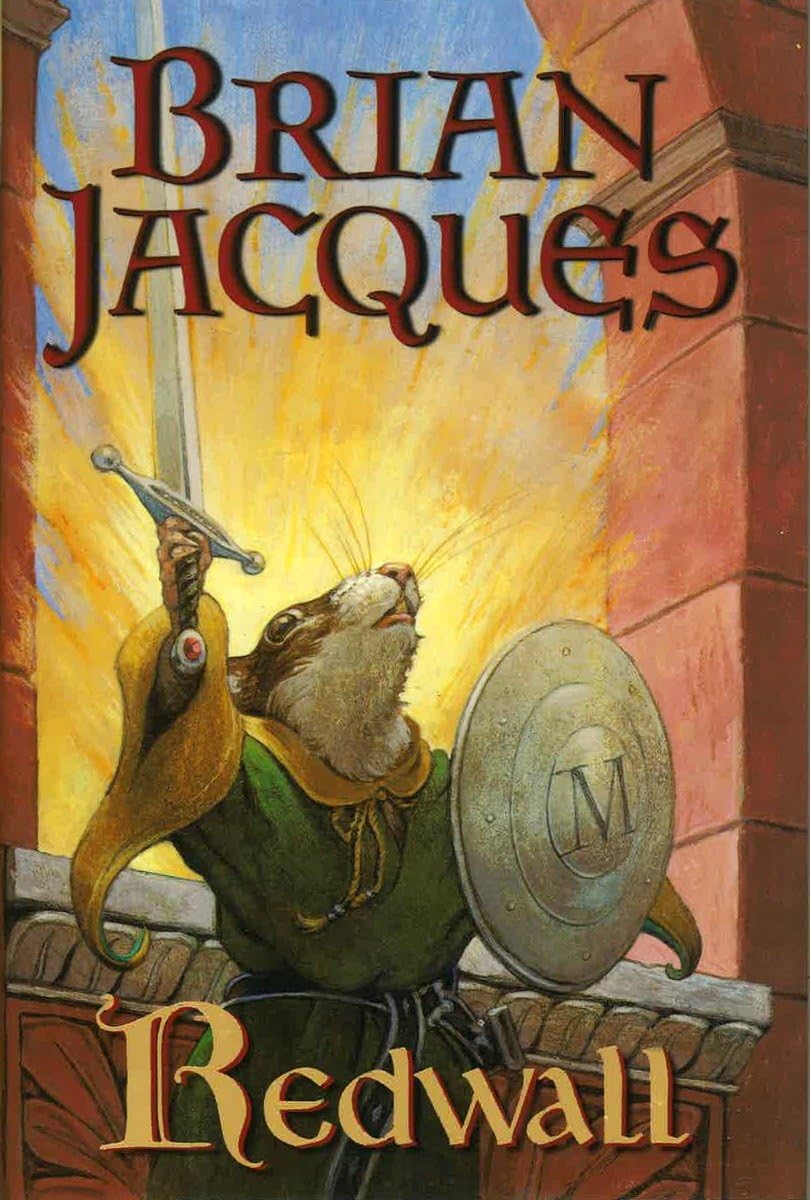
“I remember reading the Redwall books every chance I could get while on family vacation in Maine circa 1994. Just a totally immersive, absorbing experience.”
Kathleen Brennan – Records Manager
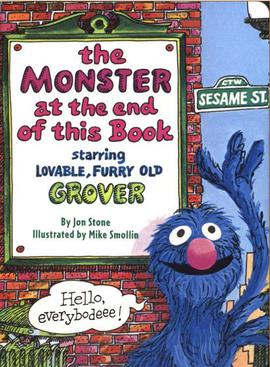
“Not only has it been a joy to read it with both of my kids, but it’s a surprisingly thoughtful little story about childhood anxieties and misunderstandings.”
Tom Bruno – Assistant Director, Content Access
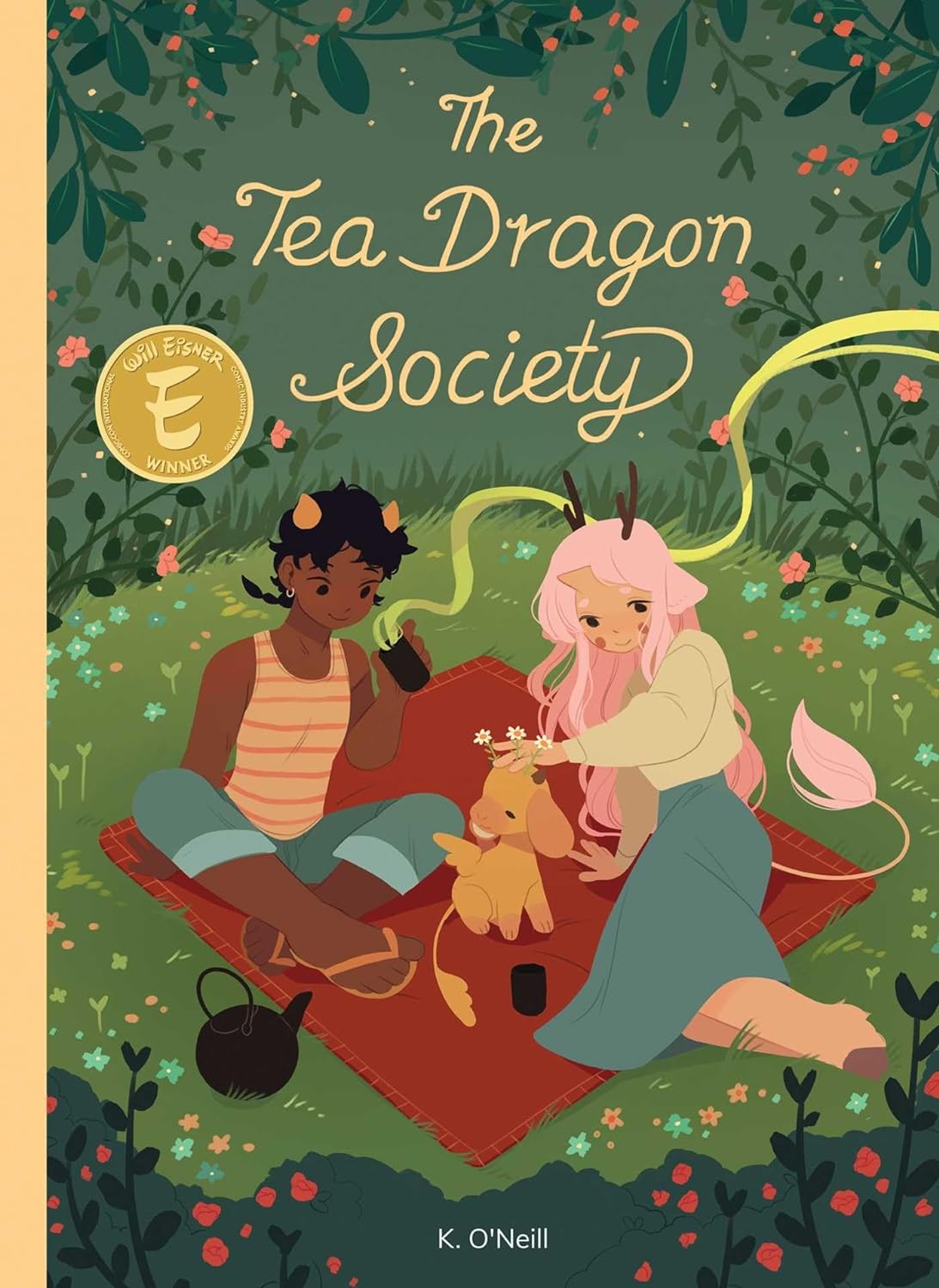 “The art is gorgeous, the book is inclusive, and it’s a great introduction to graphic novels. Plus, the tea dragons are adorable.”
“The art is gorgeous, the book is inclusive, and it’s a great introduction to graphic novels. Plus, the tea dragons are adorable.”
Halle Burns – Research Data Management Specialist

“’Favorite’ does not seem an apt word for describing a story that made a fourth-grade me sob uncontrollably as if in bereavement, but I would not trade the experience of reading “Little Mermaid” for that of reading ten happy-ending stories combined. (HCA’s “Little Mermaid” in Chinese translation by Ye Junjian, not in its Disneyfied version)
Minjie Chen – Metadata Librarian for the Cotsen Children’s Library
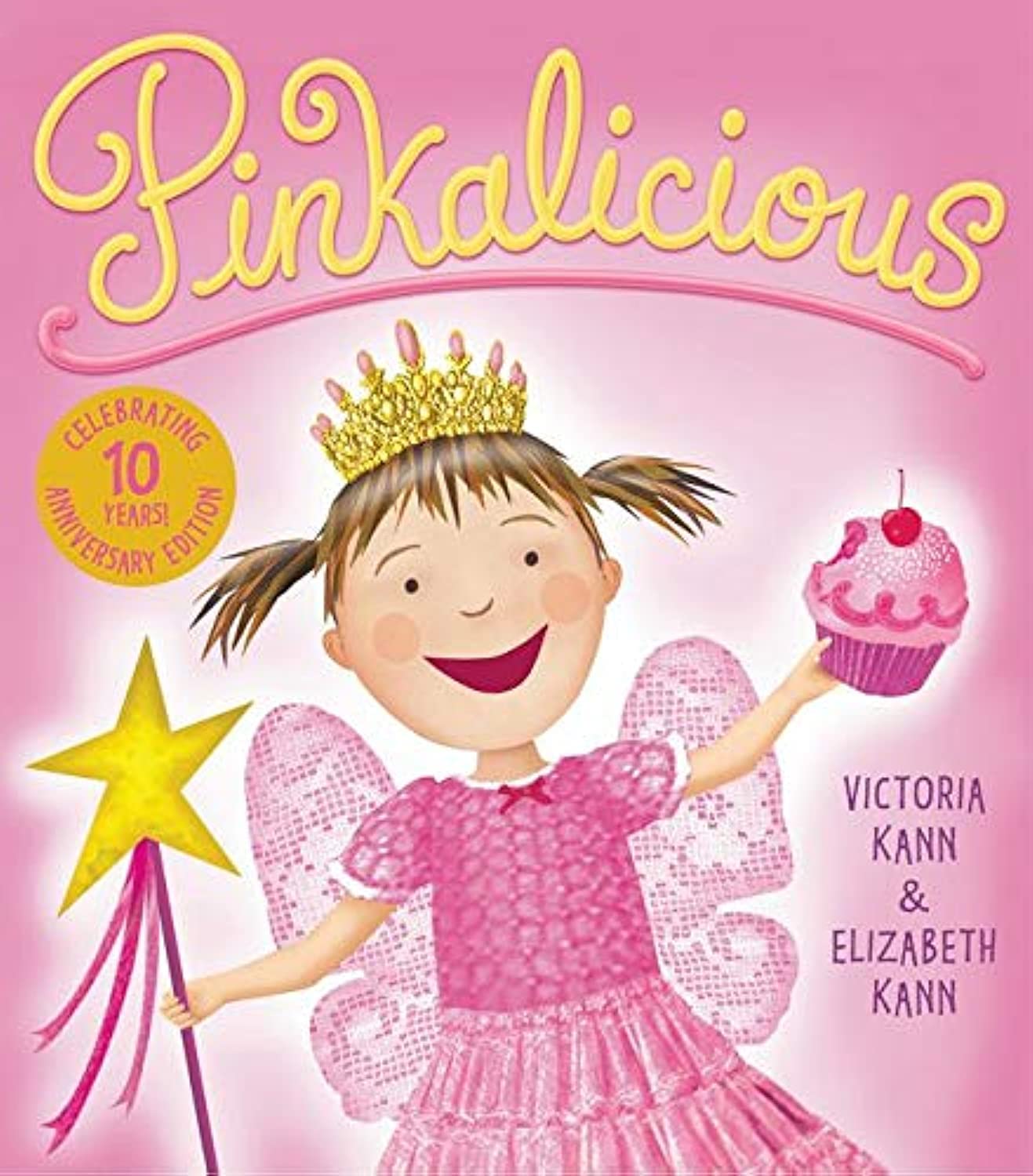 “I still quote this book: ‘You get what you get and you don’t get upset.’”
“I still quote this book: ‘You get what you get and you don’t get upset.’”
Carolyn Cole – Senior Library Software Engineer
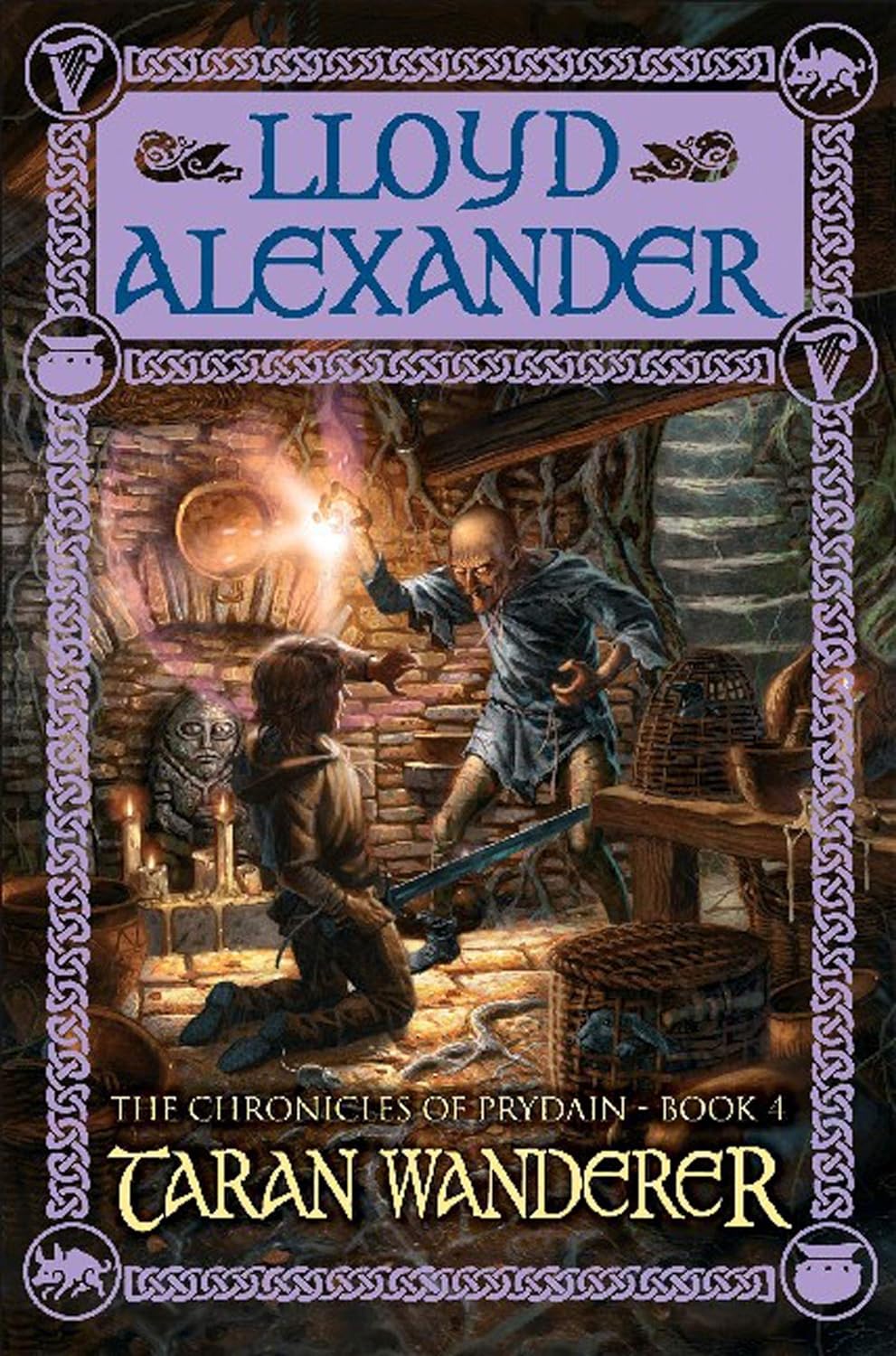 “It illustrates the process of self-discovery.”
“It illustrates the process of self-discovery.”
Alicia Cozine – Senior Library IT Operations Engineer
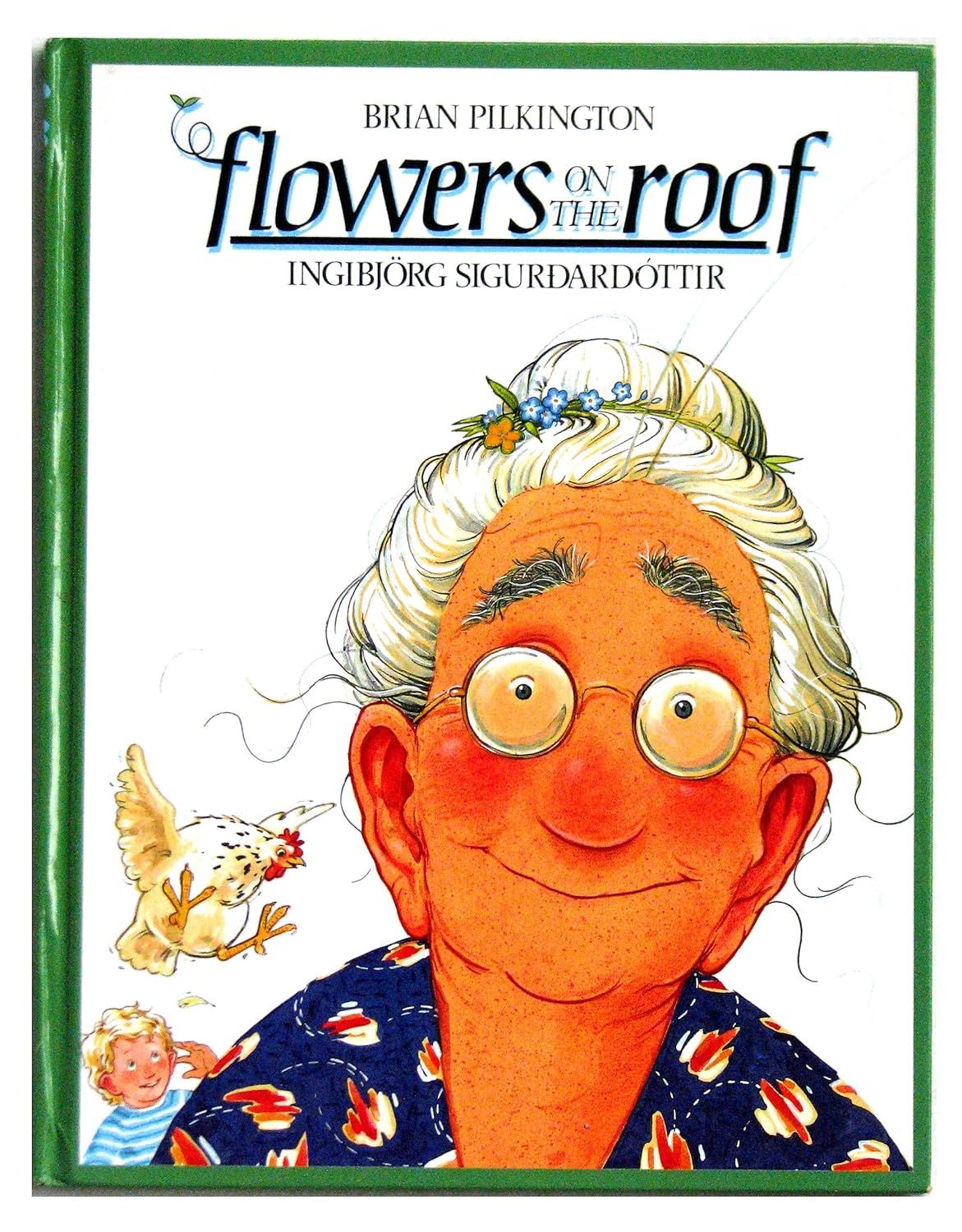 “It is a story about not caring what others think or conforming to the role society has written for you. With hard work, persistence and creativity, you can make anything happen – like surrounding yourself with nature, even in the middle of the city.”
“It is a story about not caring what others think or conforming to the role society has written for you. With hard work, persistence and creativity, you can make anything happen – like surrounding yourself with nature, even in the middle of the city.”
Jessica Hoppe Dağcı – Coordinator, Marquand Library Operations and Special Collections
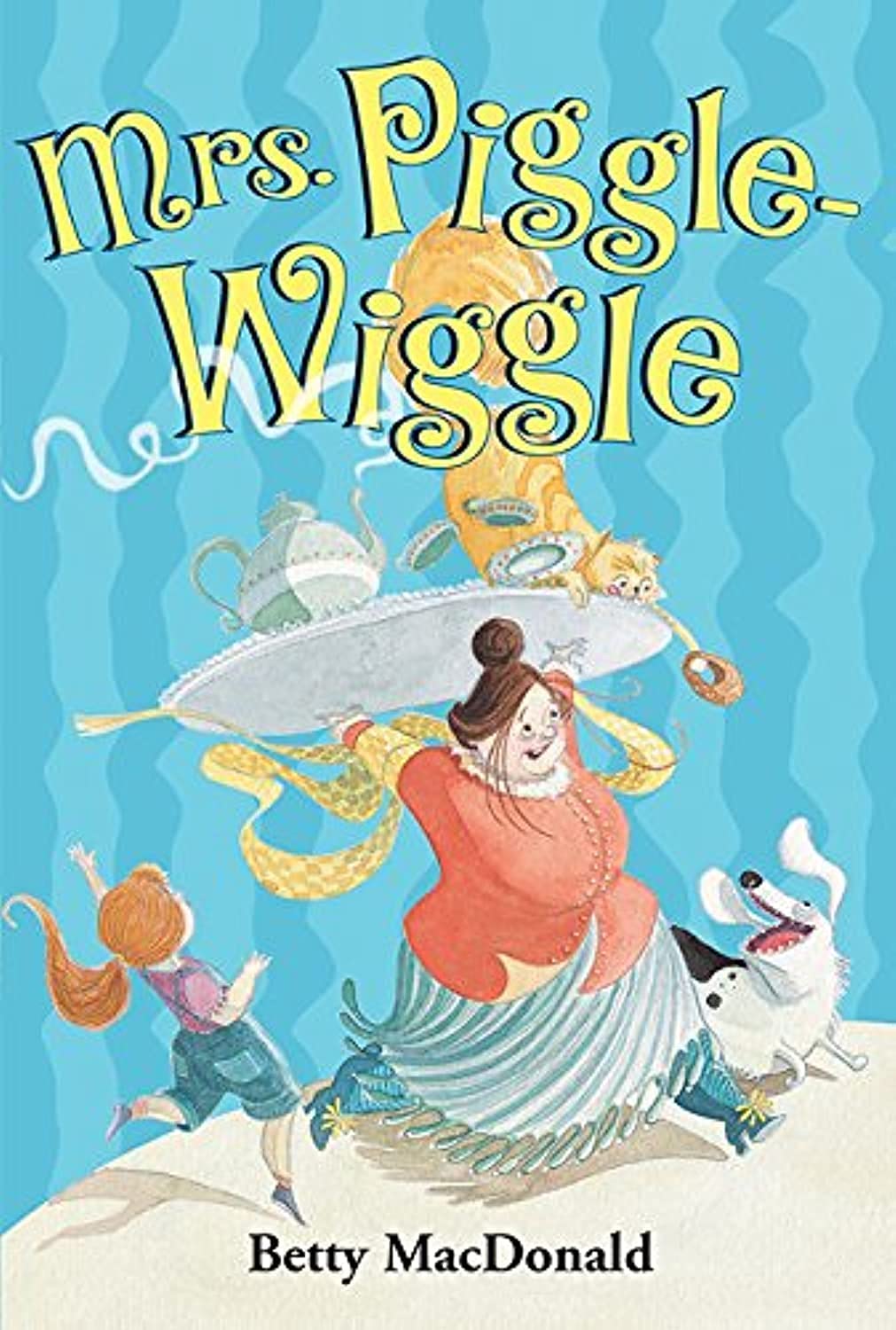 “Her house is upside-down! She’s essentially the neighborhood witch, and I love how all the kids’ commonplace problems manifest in reality.”
“Her house is upside-down! She’s essentially the neighborhood witch, and I love how all the kids’ commonplace problems manifest in reality.”
Dominique Dixon – Associate Librarian
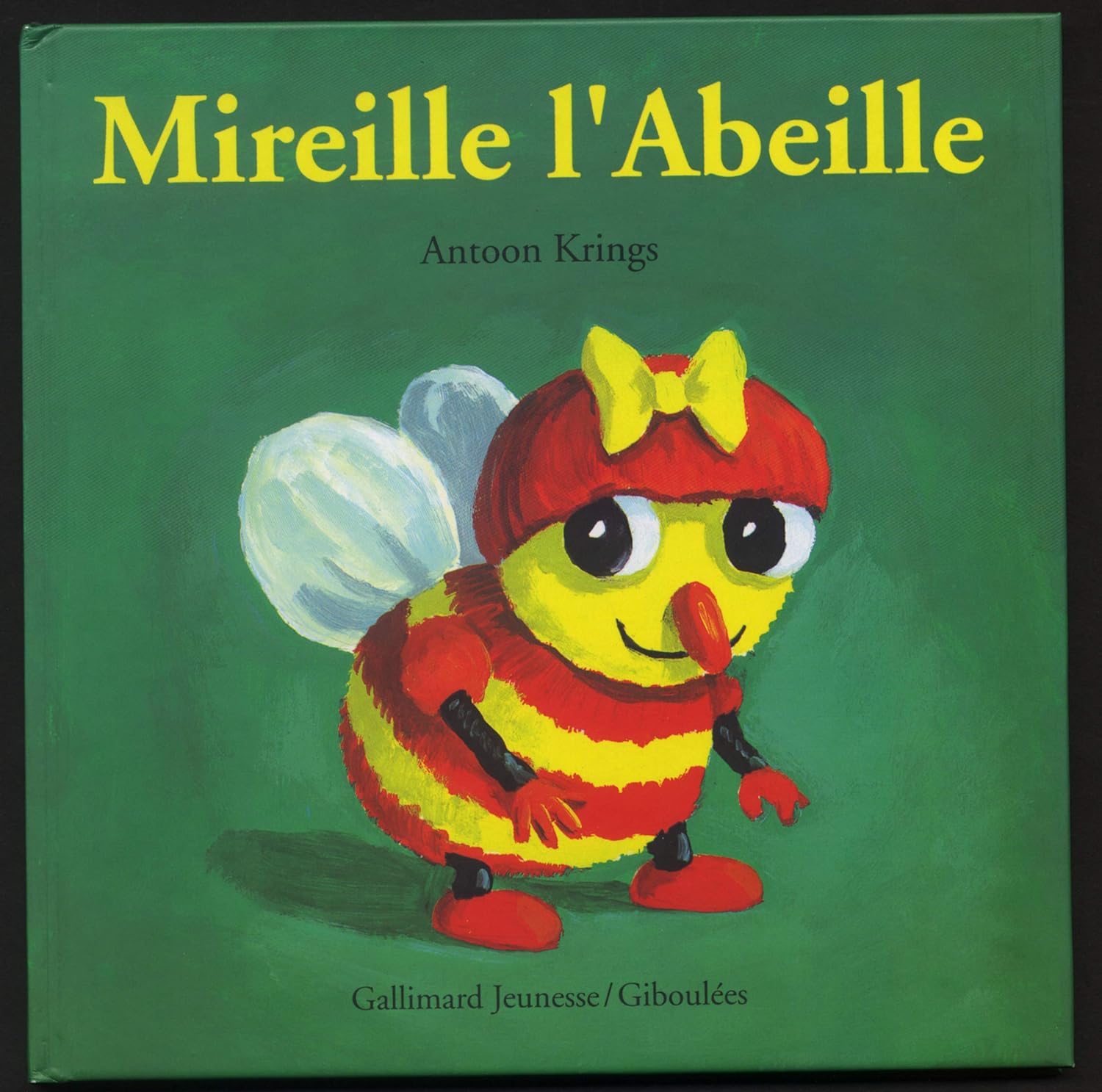 “Adventures of a worker bee who likes to eat pollen, make sweets, and organize her honey pots.”
“Adventures of a worker bee who likes to eat pollen, make sweets, and organize her honey pots.”
Mireille Djenno – Global Special Collections Librarian
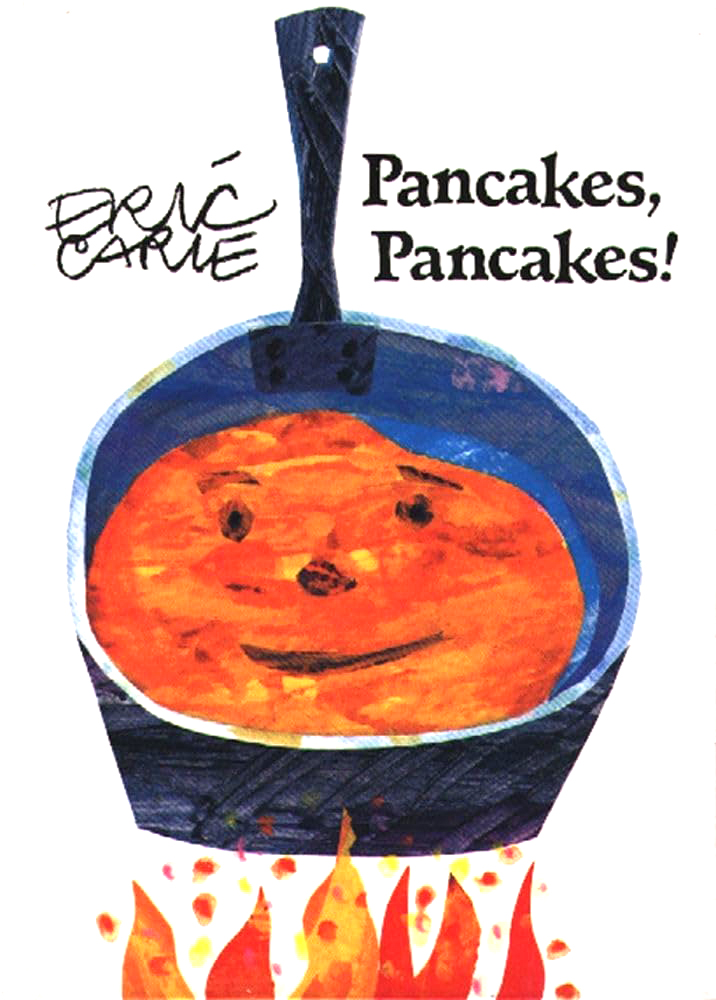 “It opens up a good discussion about where our food comes from.”
“It opens up a good discussion about where our food comes from.”
Ameet Doshi – Head, Stokes Library
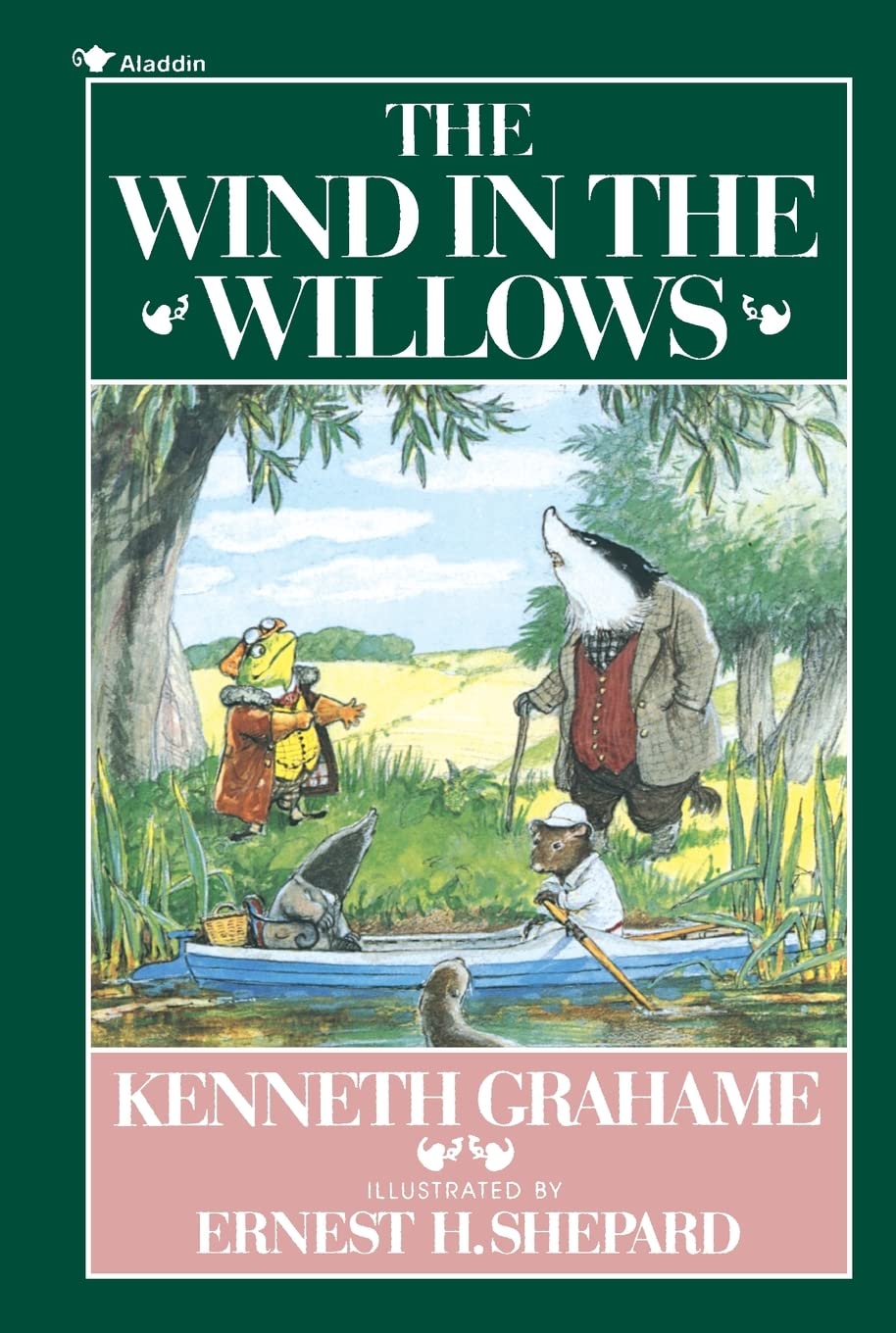 Darlene Dreyer – Assistant to the Associate University Librarian
Darlene Dreyer – Assistant to the Associate University Librarian
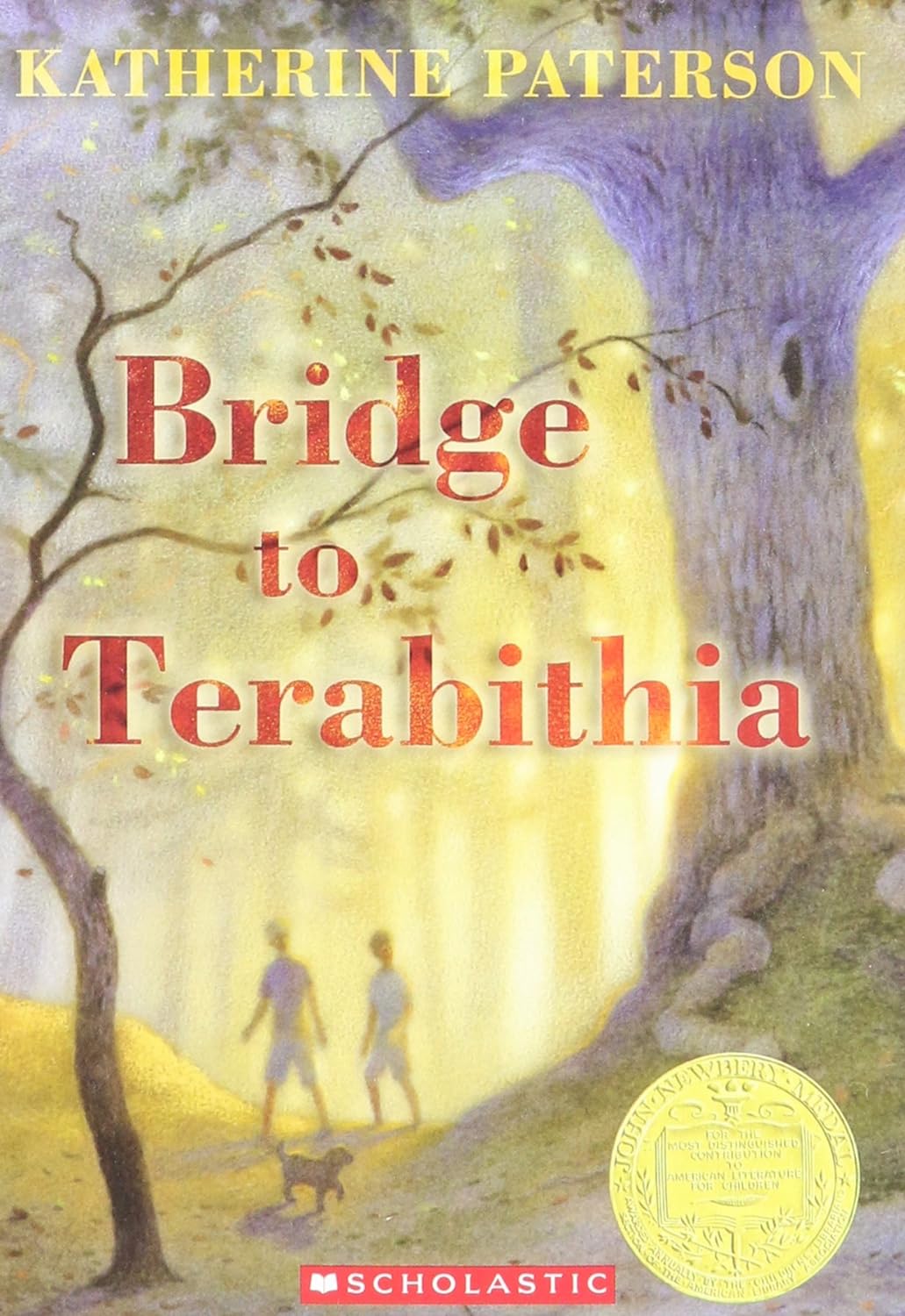 “I read it as an adult and was very moved by it. The description of the family and beautiful young friendship, and the more than devastating ending.”
“I read it as an adult and was very moved by it. The description of the family and beautiful young friendship, and the more than devastating ending.”
Rebecca Friedman – Assistant Librarian, Marquand Library
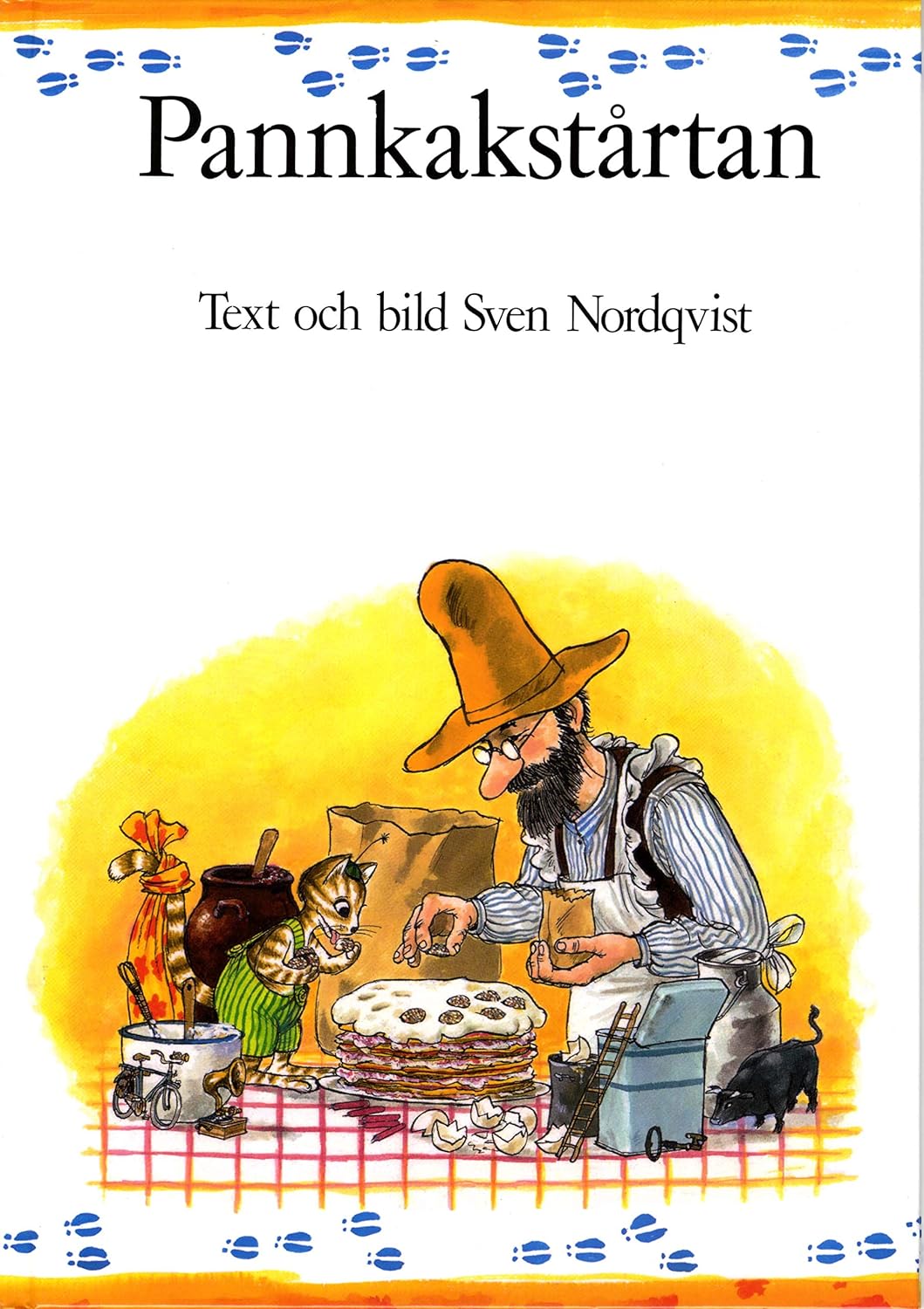 “I love the details in illustrations, and as a young parent I could totally understand Petson’s life with a naughty kitten. I read it in Russian countless times, and it was translated to many languages (English title: Pancakes for Findus).”
“I love the details in illustrations, and as a young parent I could totally understand Petson’s life with a naughty kitten. I read it in Russian countless times, and it was translated to many languages (English title: Pancakes for Findus).”
Maria Gorbunova – Rare Books Cataloging Librarian
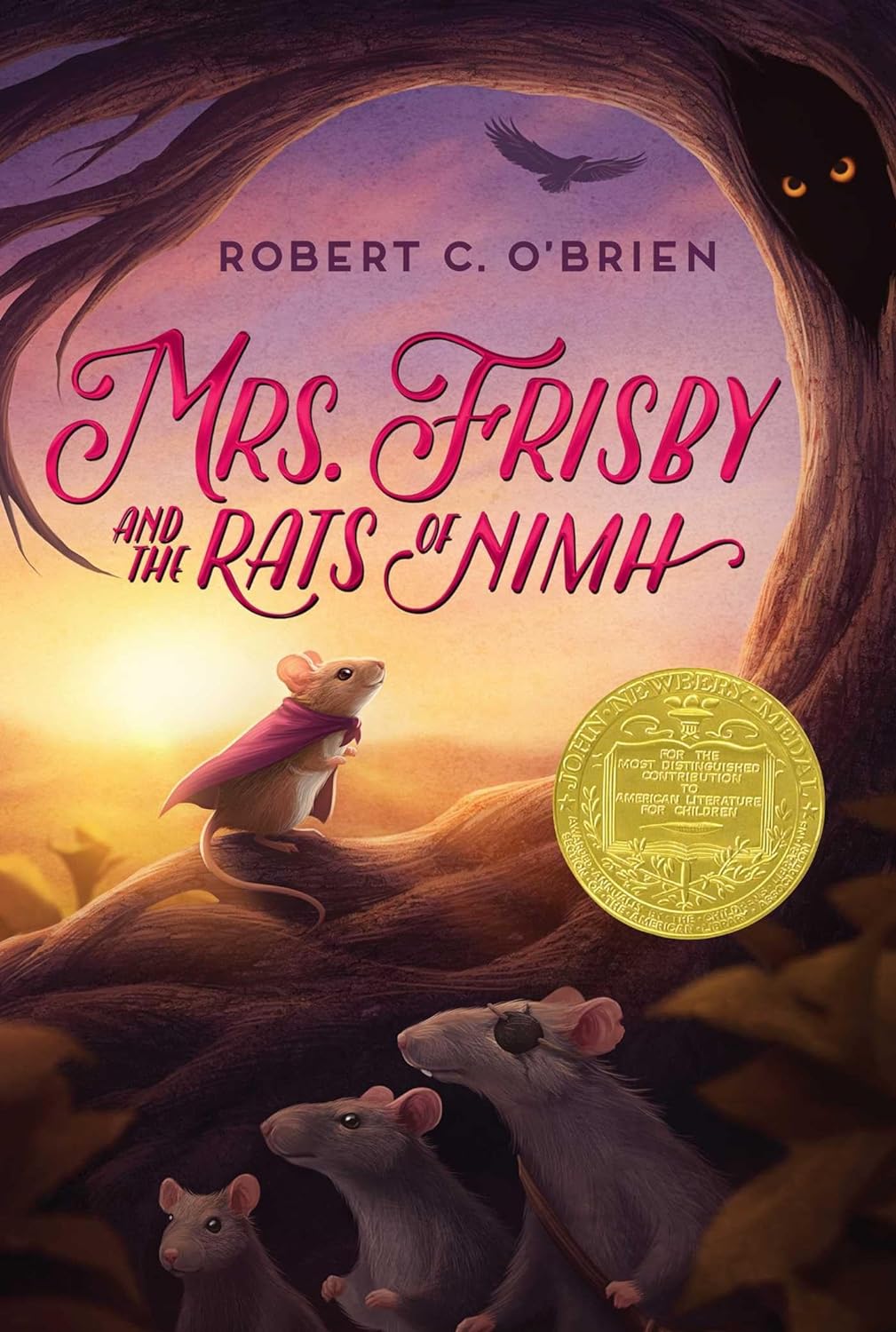 “Besides beings a nice story for children who love animals, I appreciate that it was an early exposure to thinking about ethics in scientific research. It also provided considerate thoughts about the nature of prejudice and touched on environmentalism, so not merely the endearing tale of a motherly mouse seeking to save her sick child from the spring plow, but that was also a lovely aspect of the story.”
“Besides beings a nice story for children who love animals, I appreciate that it was an early exposure to thinking about ethics in scientific research. It also provided considerate thoughts about the nature of prejudice and touched on environmentalism, so not merely the endearing tale of a motherly mouse seeking to save her sick child from the spring plow, but that was also a lovely aspect of the story.”
Hannah Hadley – Manager, Open Publishing and Repository Services, Library-Data, Research and Teaching Services
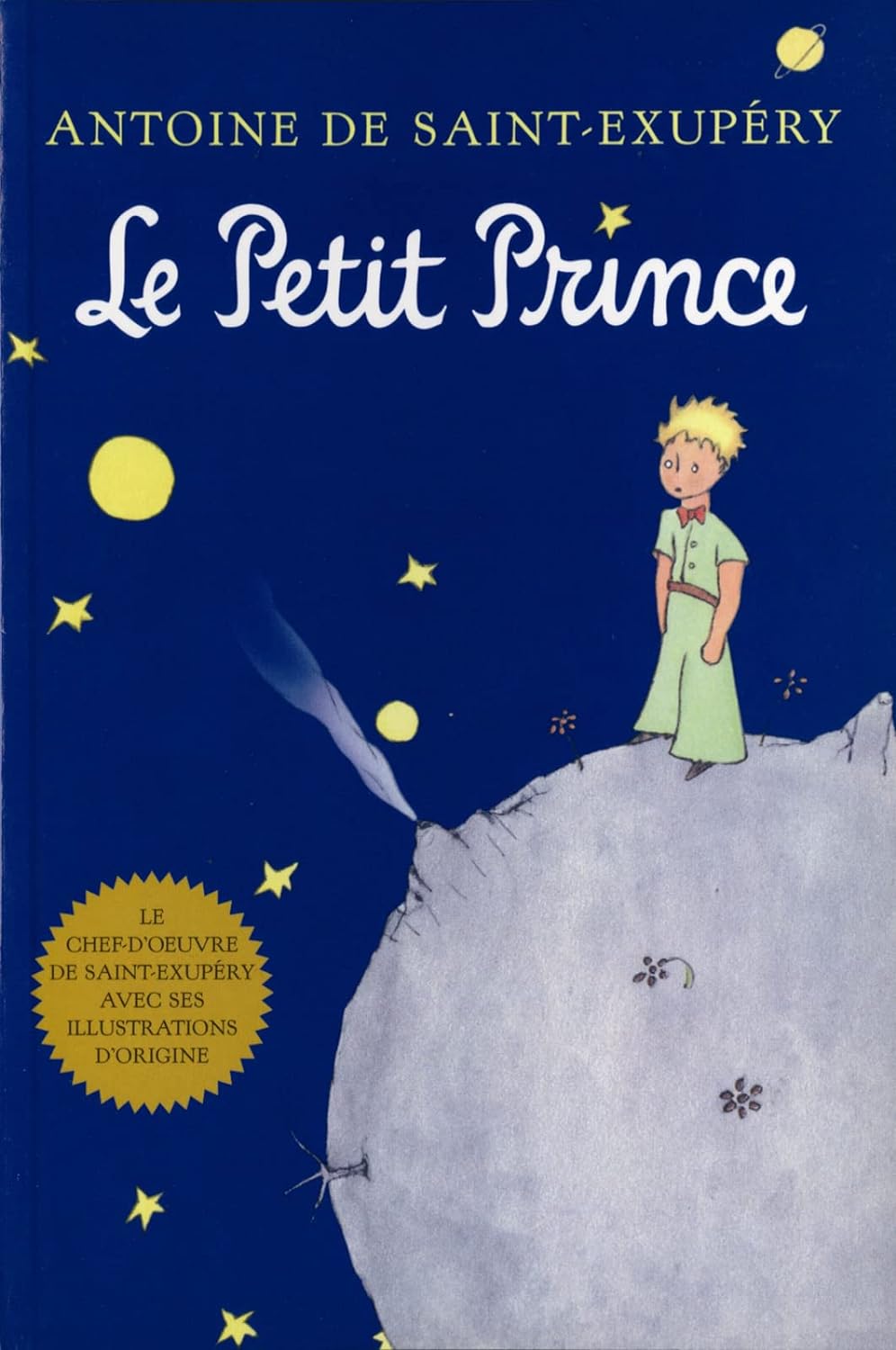 Berta Harvey – Library Collections Specialist V, Lewis Science Library
Berta Harvey – Library Collections Specialist V, Lewis Science Library
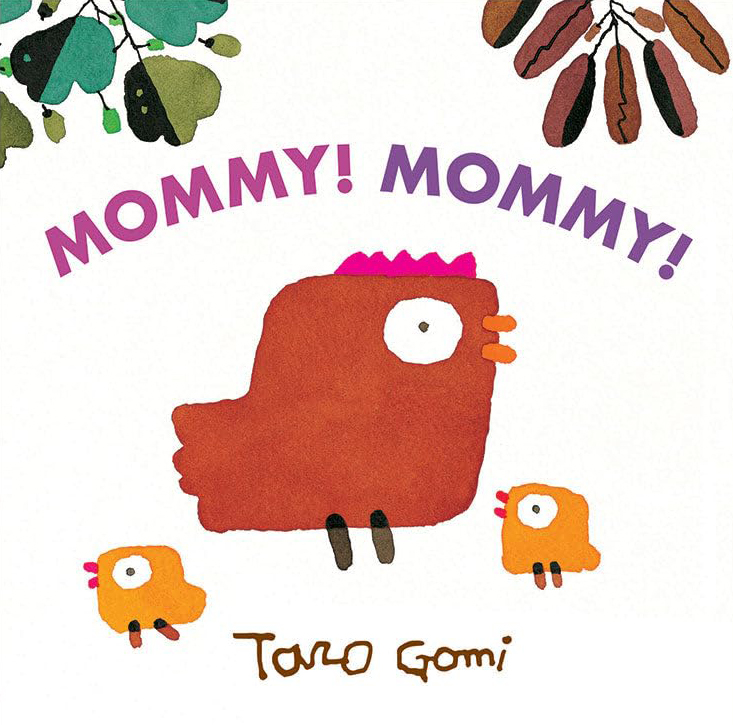 “My children found it so engaging when they were toddlers. It has very expressive pictures and it’s fun to read.”
“My children found it so engaging when they were toddlers. It has very expressive pictures and it’s fun to read.”
Anna Headley – Senior Library Software Engineer
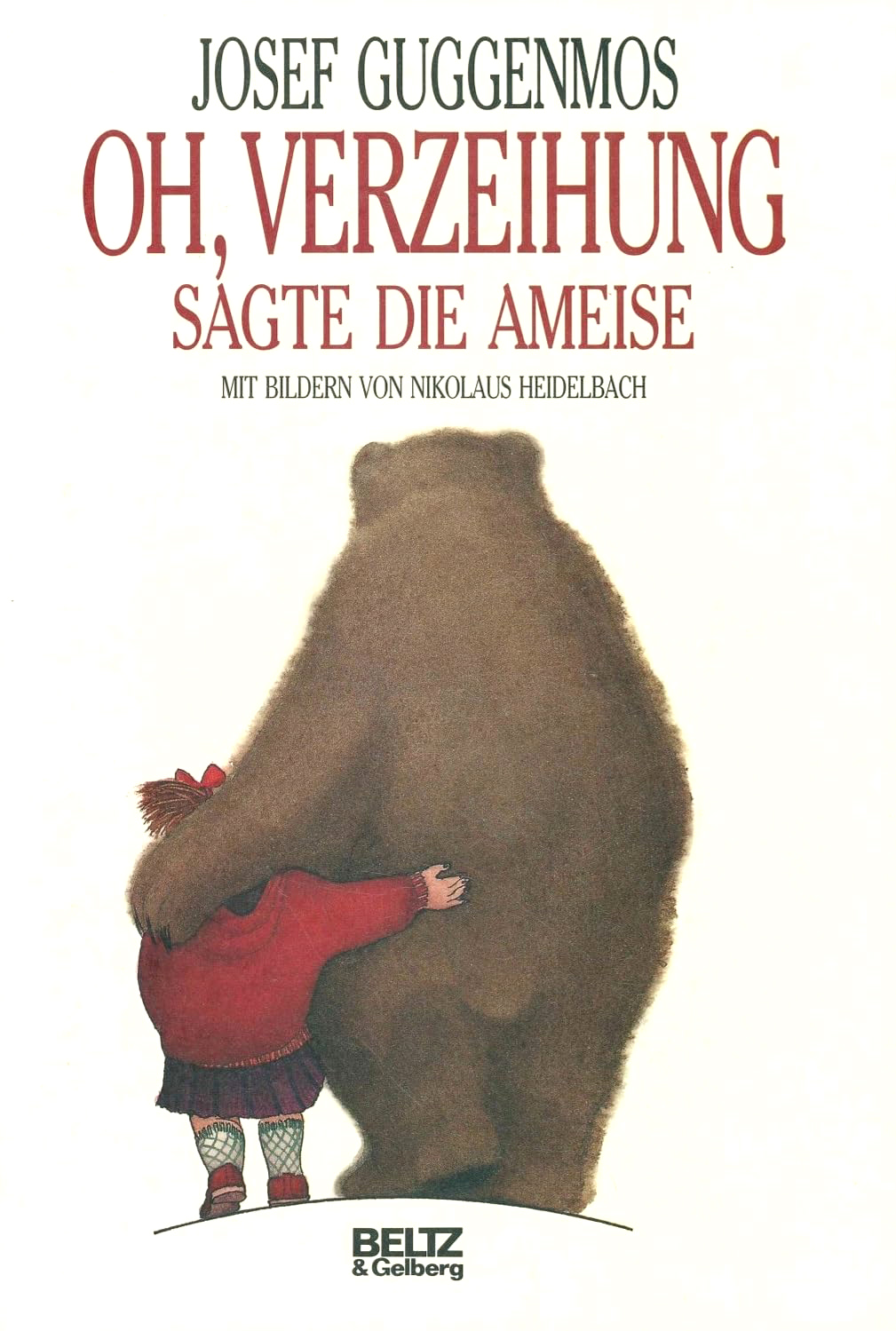 “A book of stories and poems, mostly whimsical, always thoughtful, and sometimes melancholical.”
“A book of stories and poems, mostly whimsical, always thoughtful, and sometimes melancholical.”
Regine Heberlein – Library IT Data Analyst
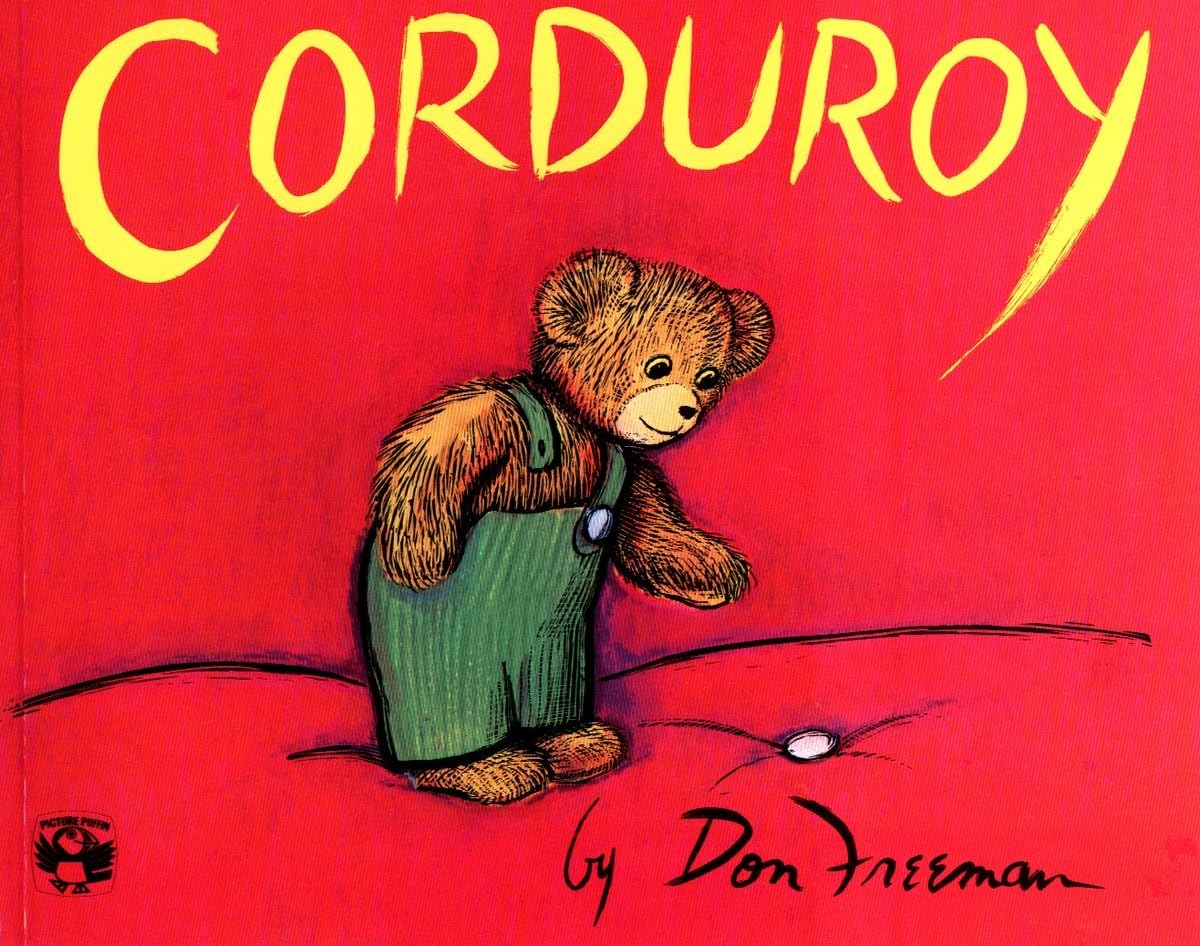 “ALL of Freeman’s picture books are beautiful!”
“ALL of Freeman’s picture books are beautiful!”
Flora Kim – Metadata Operations Specialist
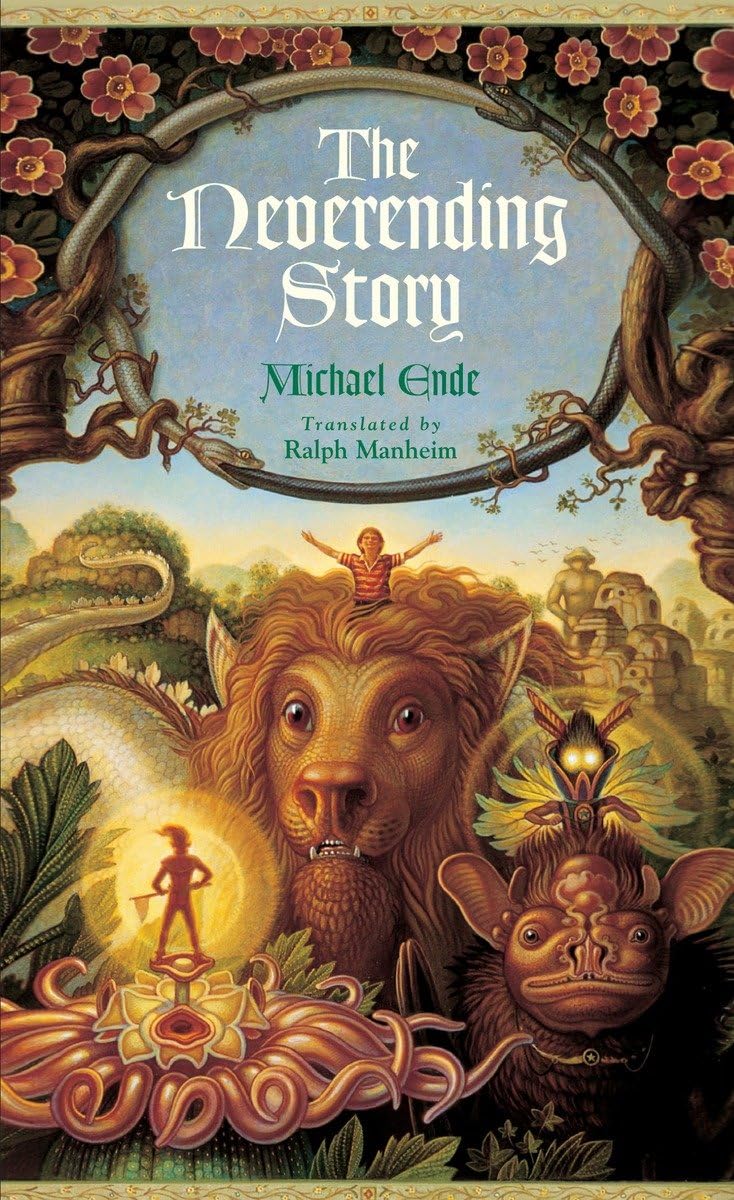 “It was the first time I’d seen my own love for books and fantasy stories reflected back in a book.”
“It was the first time I’d seen my own love for books and fantasy stories reflected back in a book.”
Morgan Kirkpatrick – Special Collections Project Cataloging Specialist II
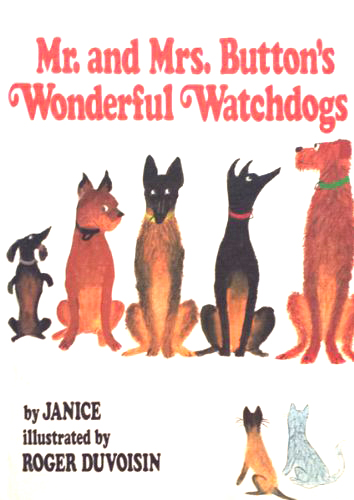 “This is a wonderful story about how love and care impact the ways living beings interact with the world – all wrapped up in an adorable story about a family trying to adopt fearsome watchdogs only for each dog to become more of a marshmallow than the last.”
“This is a wonderful story about how love and care impact the ways living beings interact with the world – all wrapped up in an adorable story about a family trying to adopt fearsome watchdogs only for each dog to become more of a marshmallow than the last.”
Brittany Norwood – Policy and International Affairs Librarian
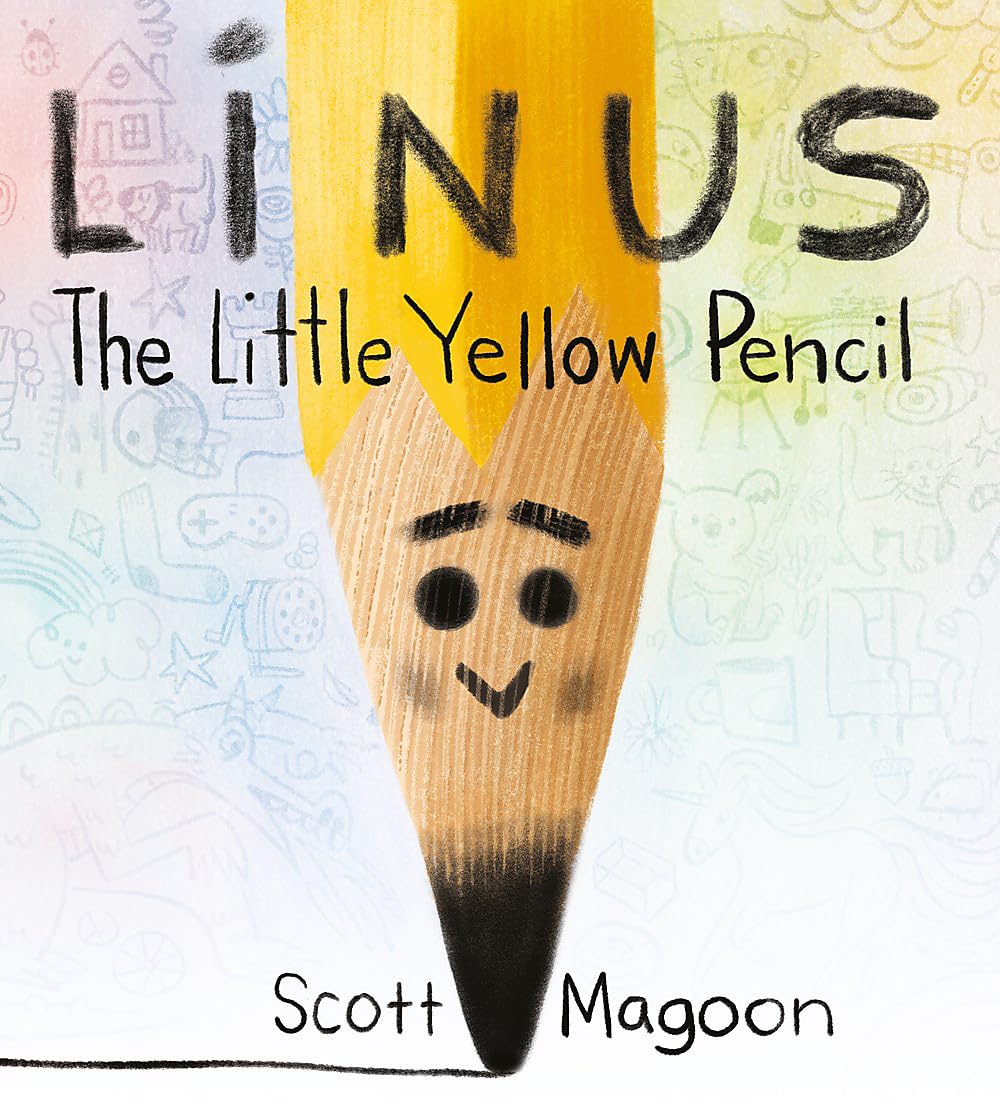 “The illustrations are rich; my son and I see something new each time we read it. It’s also a wonderful story about how even the most contentious relationships can be healed!”
“The illustrations are rich; my son and I see something new each time we read it. It’s also a wonderful story about how even the most contentious relationships can be healed!”
Stephanie Oster – Publicity Manager, Library Communications
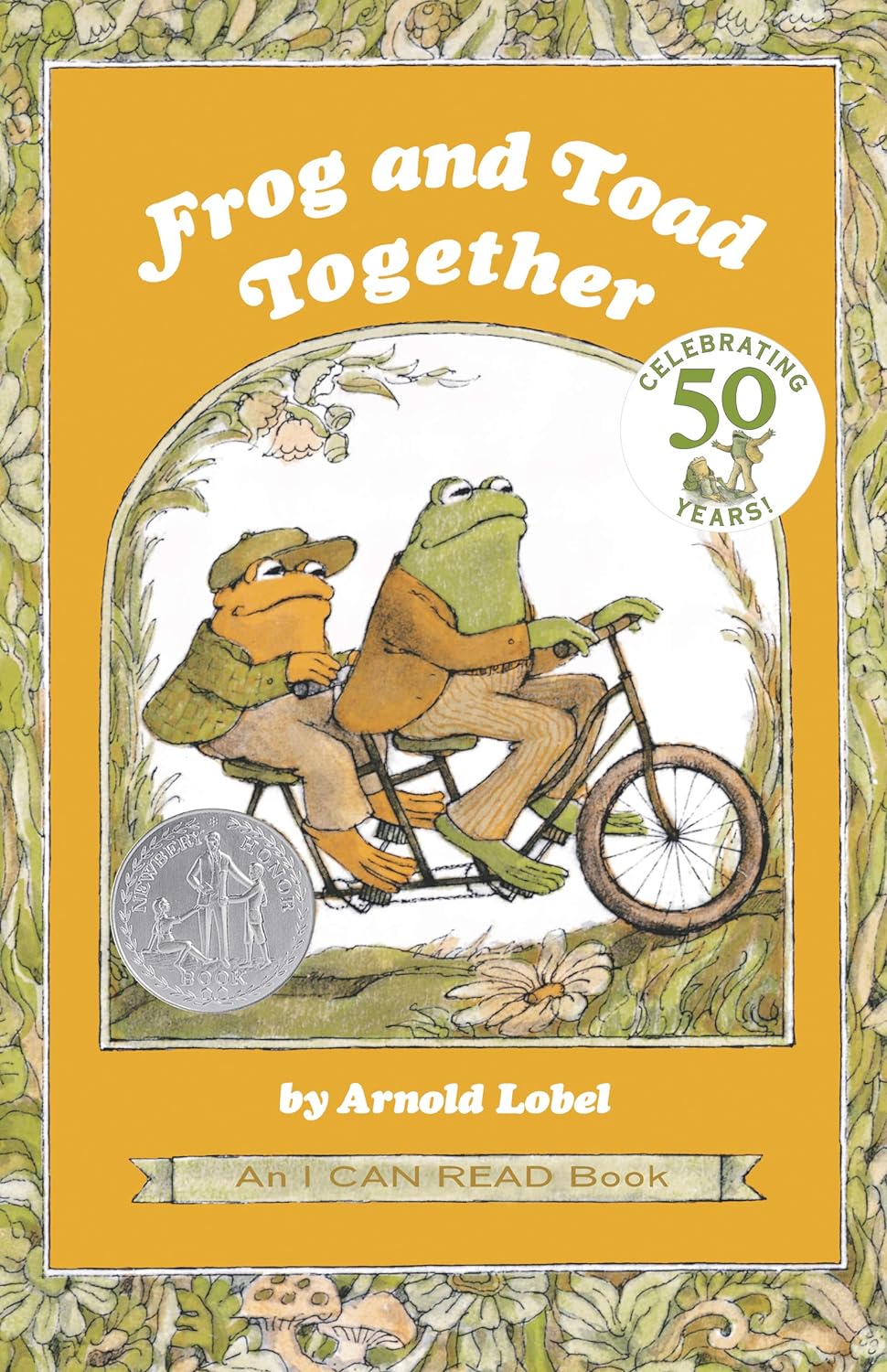 “My favorite story to read to my kids when they were young.”
“My favorite story to read to my kids when they were young.”
Anu Vedantham – Assistant University Librarian for Research, Teaching, and Social Sciences
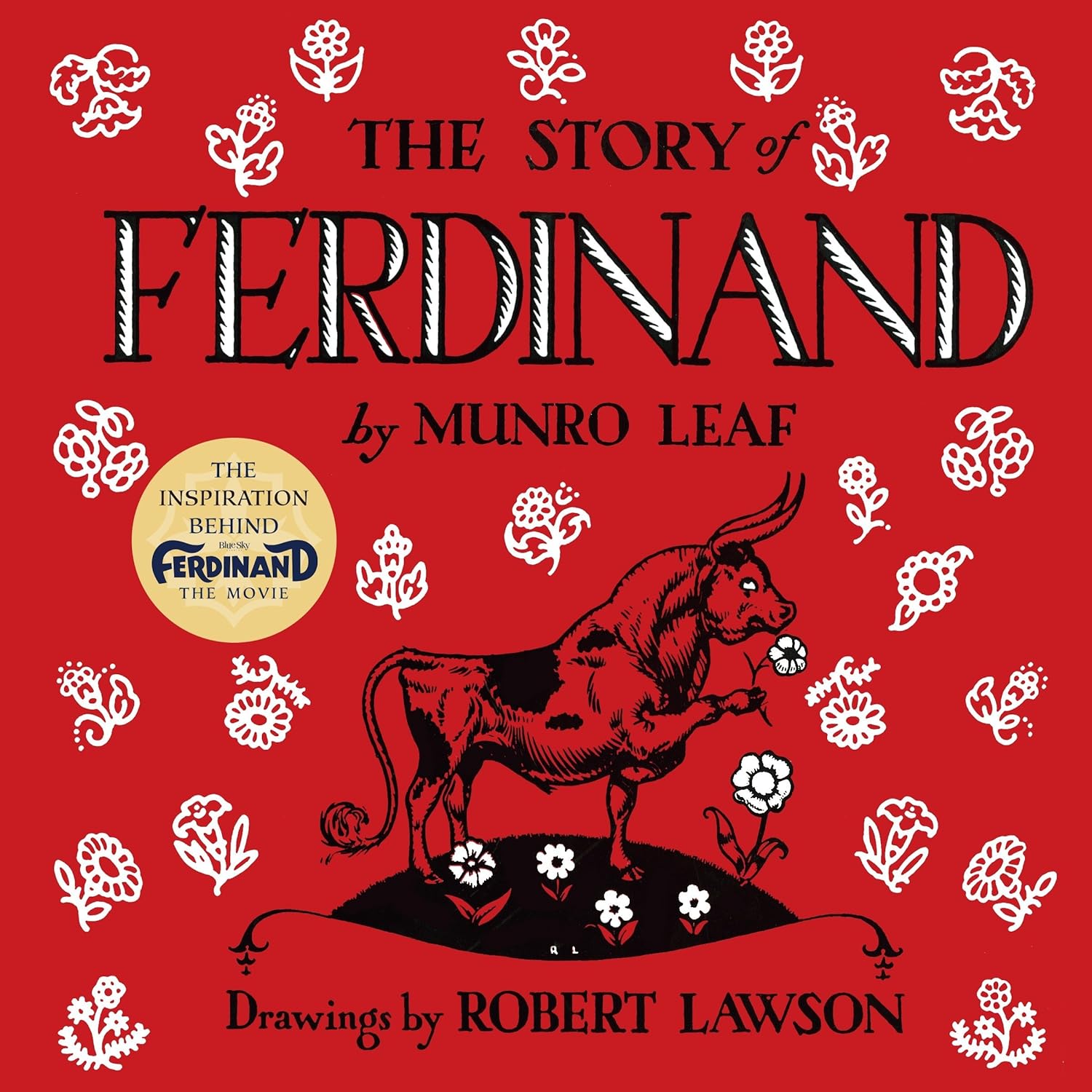 “Timeless triumph of peace and gentleness over stupidity and aggression. And the cork trees!”
“Timeless triumph of peace and gentleness over stupidity and aggression. And the cork trees!”
Eric White – Scheide Librarian and Assistant University Librarian for Special Collections
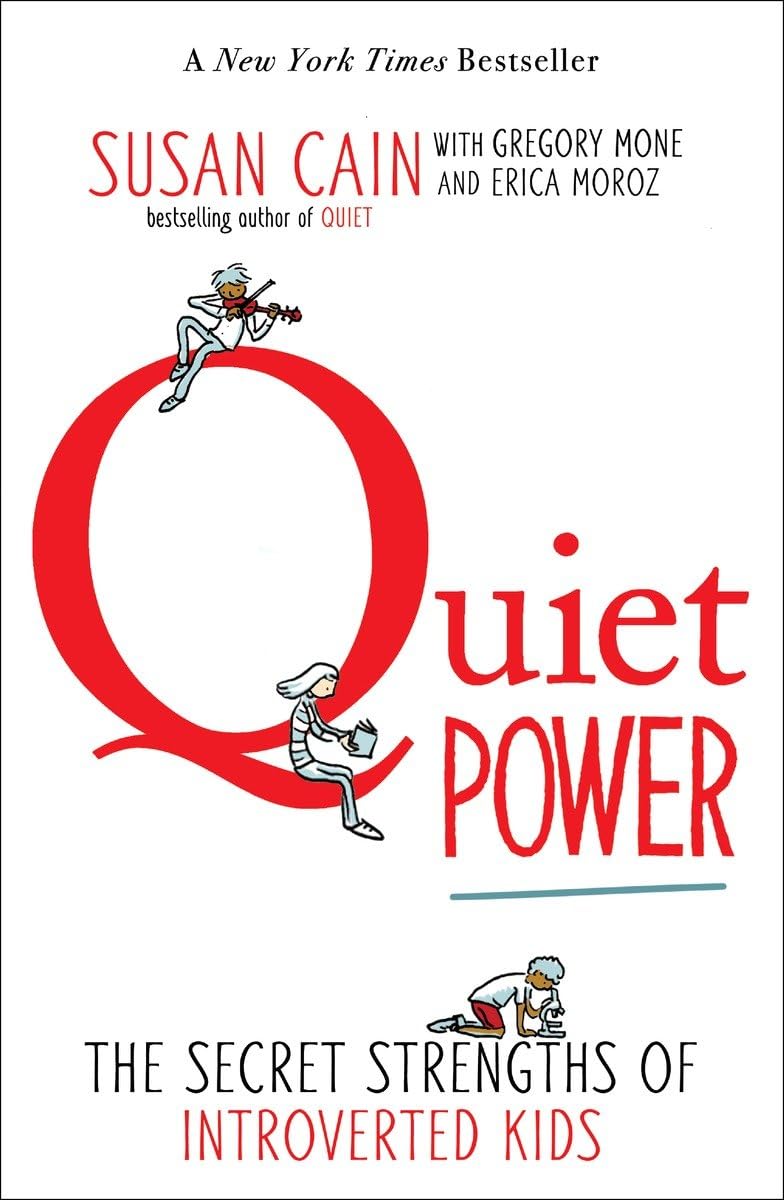
“The book builds self-esteem and kids learn how quiet is a superpower.”
Emily Wild – Chemistry, Geosciences and Environmental Studies Librarian
And how about Katie and Dr. Dana’s books? Since someone already mentioned her favorite picture book (“…but not Ferdinand”), Katie picked Charlotte’s Web by E.B. White “because it’s a beautiful story of unexpected friendship, growth, family, and life’s hardest lesson: learning to let go.”

Katie also reminded me of how she visited Andersen’s home country during her awesome travels in Europe! You can read more about her adventures in this post!
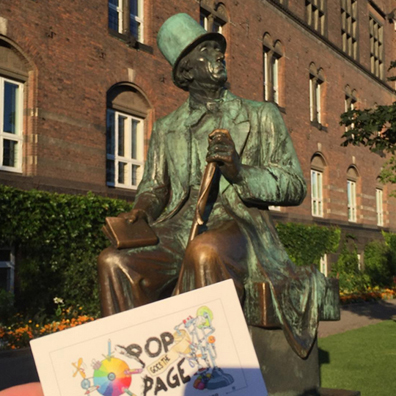
As for me, I picked this Jan Brett classic from my childhood because “I was horse-obsessed.” I spent countless hours reading, studying, and drawing elaborate tributes to this picture book (you can see a delightful story time project we did for it here):
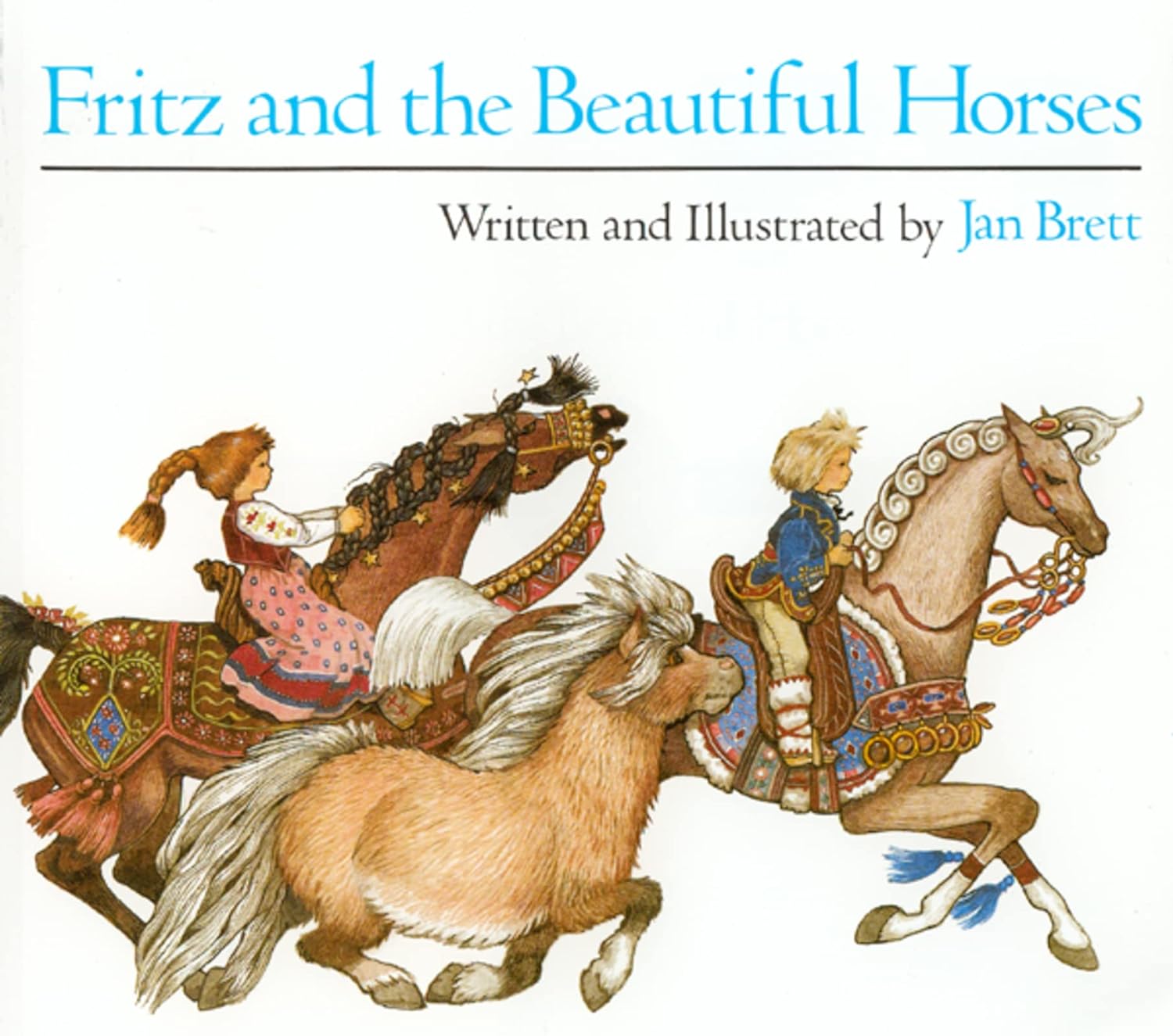 I wanted a horse so so so soooo very bad growing up. Wished for it, dreamed of it, waited for it. It took a couple decades, but my horse FINALLY arrived! My heart runneth over…
I wanted a horse so so so soooo very bad growing up. Wished for it, dreamed of it, waited for it. It took a couple decades, but my horse FINALLY arrived! My heart runneth over…
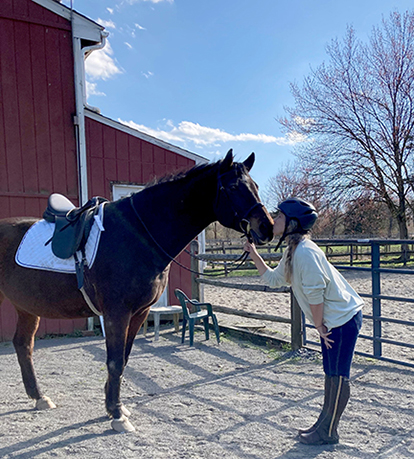
Three cheers for International Children’s Book Day everyone! And may all your stories have happy endings!

